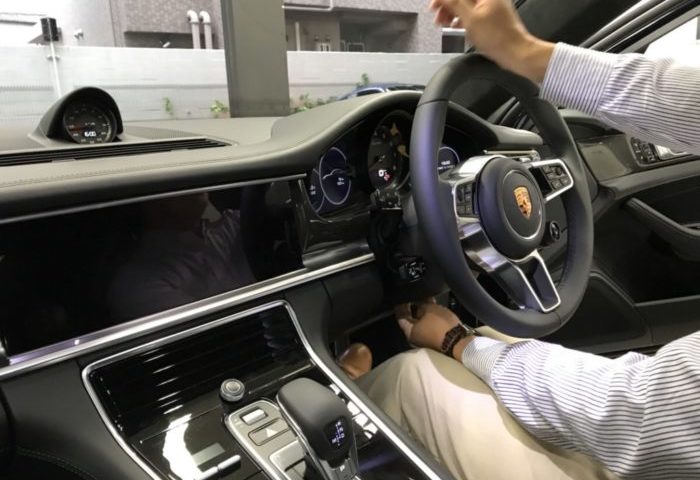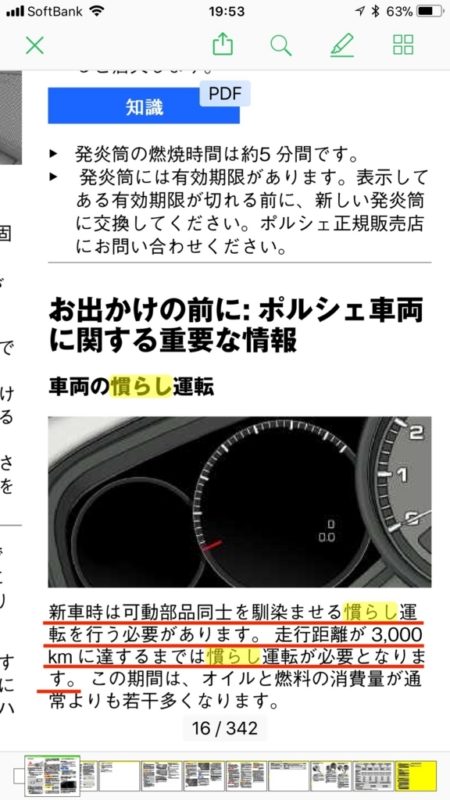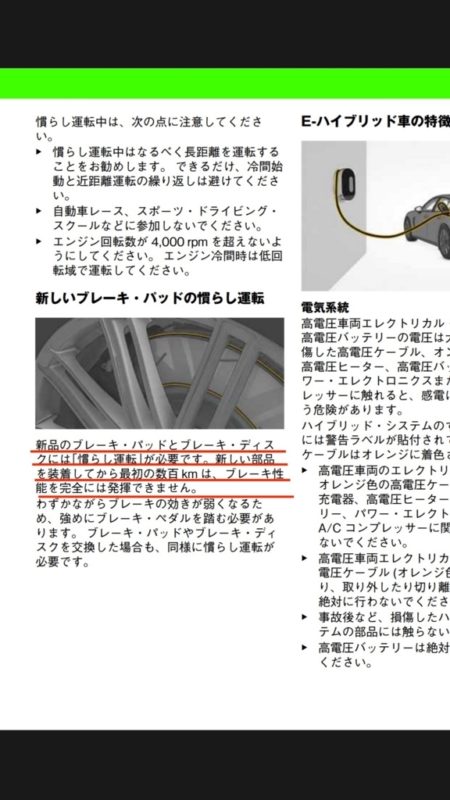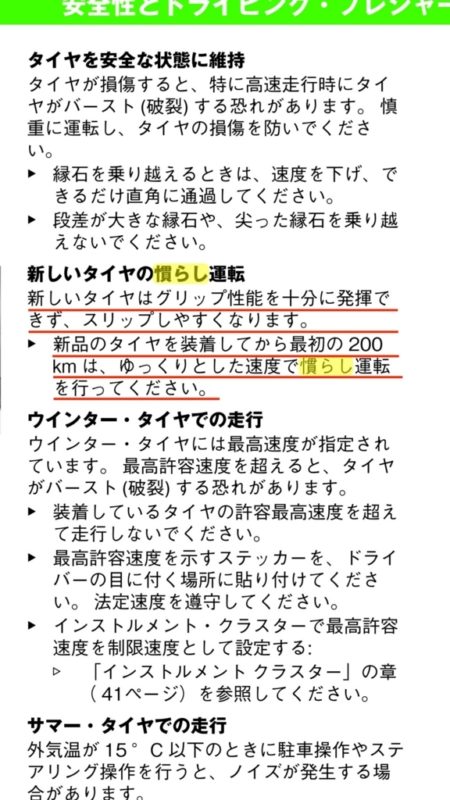A car lover's husband's summary of what he thinks about driving a Porsche Panamera.
Published: 10.17.2017

Do you drive a tamer?
In a recent article, we reported on theI'm sure you don't drive a "break-in" car?It would be helpful if you could share your husband's thoughts as well, since there seem to be pros and cons."I was asked the question, "What do you mean by that? My husband told me that going to the WEC last weekend was also meant to be a test drive, but since I have no knowledge about test drives, I asked my husband about it.
Husband's view of tame driving
My husband is a
I think there are people who do and don't use a "run-in" system, but I'm of the "run-in" group. However, I think it is better to run the engine to some extent to get used to it, rather than running slowly so as not to put a load on the engine, as is commonly said.
He said. Why do you turn the engine to some extent?The dealer's test car runs great."The reason is that there are so many things to do.
The test-drive car arrives at the dealership in almost new condition. The customer then presses down on the accelerator pedal and cranks the engine to test drive the car. This does not mean that the car is in a bad condition; in fact, the engine often runs well and is in good shape.
This is something I have experienced after test-driving cars from various dealers, both domestic and foreign. If this is the case, I think it's okay to let the car run around to some extent during the test drive without being so jumpy.
But don't turn it too far.Keep the RPM between 2000 and 4000 as much as possible.I will keep in mind to
On top of that, my husband thinks there are three points to consider when driving a car.
3 points for accustomed driving
1 Avoid driving short distances and drive as far as possible.
After taking delivery of the car, the driver should drive mainly in the city, accelerate to raise the RPM, stop at a traffic light, accelerate again to raise the RPM, etc., which is not good because it puts a load on the engine. Therefore, we drive long distances while maintaining a constant RPM.
2 Turn the engine to some extent
Turn the engine to some extent without overloading it. The engine should be run at 2000-4000 rpm.
3 First oil change is done at 1000 km
The dealer will recommend that you change the oil at the end of the normalization period. In the case of PorscheOil change at 3,000 kilometers.is the guideline. The manual also states so.

My husband, however, is not.
At the dealership I bought mine from.Change the oil at 1,000 kilometers."And I agree with this idea. When you run the engine on a dry run, the metal of the gears and pistons rub against each other, producing fine iron powder that you cannot see. This gets mixed in with the oil and accumulates in the oil filter, resulting in oil covered with iron powder all at once.
So I'd rather run 3,000 miles on that oil thanI'd run the first 1,000 kilometers with a certain amount of rolling.Blending quickly to get all the iron powder out.So it is better to change the oil there, so that there will be no iron powder left in the oil later on.
He said.
Other additional information
So, I drove 1100 km from my house to Fuji and back. With the Panamera Turbo, I would have preferred to drive in 2nd or 3rd gear on the mountain roads.The car was adjusted to run in 3rd and 4th gear throughout.That said, I tried not to run in 5th or 6th gear either.
Therefore, it is better to drive with paddle shifters for acceleration. Of course, fuel consumption will be reduced, but for this test, the purpose of acceleration was prioritized. If the Sport Chrono Package is installed as an option, a sport response switch is available, but I did not activate it this time.
Also, as a supplement, the brakes need to be tamed.The official Porsche manual also states.

Tires also need to be acclimated.New tires are covered with a thin layer of skin, which usually doesn't peel off until you drive about 200 km. That's why the tires don't grip. The official manual states.

There is no correct answer to the "normalized driving.
These are my husband's views, but he says that there is no "right" way to drive a car, and that there are differences in the way of thinking. Also, Toyota and Honda say that they don't require a breaking-in period even for new cars, so the standard differs from manufacturer to manufacturer. It seems that it is best to use what you have tried and felt firsthand as a standard.
Cars are so deep.
Follow me if you like this blog!


Comment ( 0 )
Trackbacks are closed.
No comments yet.